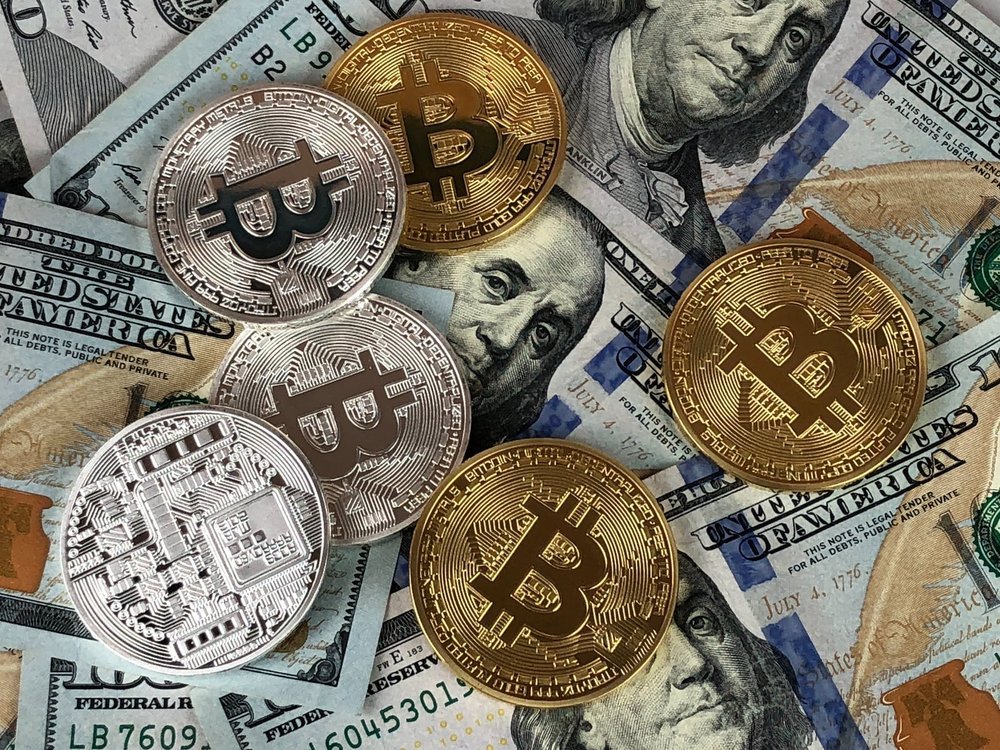The Era of NFTs and what it means for art investors
It might be difficult to confirm the authenticity of digital art. That's where non-fungible tokens, or NFTs, come in, creating a publicly observable and unchangeable chain of ownership. Non-fungible tokens, or NFTs, have become to the art world what Bitcoin is to the financial markets: a desirable new tool that has some people excited and others skeptical. NFT paintings can be sold for tens of thousands of pounds or millions of pounds. They've even been auctioned at Christie's, one of the most prestigious art auction houses in the world.
Difference Between Nfts And Paintings:
You can photograph the painting or purchase a print, but only one original painting will ever exist. Well as, in the digital world, NFTs are "one-of-a-kind" assets that may be purchased and sold like any other piece of property, but have no physical form of their own.
The meaning of NFT art:
Previously, any duplicate of a digital artwork was equally valued – or worthless. NFTs, in principle, have changed this. NFT art might be anything from a movie to an image to a song to something completely else. In the case of NFTs, art is less important than non-fungible packaging. When you purchase a piece of NFT art, you are also purchasing the artwork's proof of ownership and authenticity. This certificate's identification code and metadata will contain a number of special components that denote its uniqueness and ownership history. It's what distinguishes non-fungible tokens from fungible ones.
An NFT can only have one owner at any given moment, with proof built into the NFT that is simply and publically verifiable. Every time the NFT work is sold in the future, a clear record of ownership will be generated and expanded. This means that the history, and thus the authenticity, of the art that has been minted as an NFT can be easily traced. Meanwhile, it lets the artist assign a price tag and a chain of ownership to a digital artwork that previously had no tangible worth and could be freely distributed. Even if the artwork is publicly available online.
What can you do with NFT art?
Let's suppose that someone minted, or created, an NFT of Leonardo Da Vinci's Mona Lisa. You wouldn't own the Mona Lisa if you bought that NFT. That painting would still be on display in the Louvre. You would also not control the artwork's picture file, in the sense that you would not be able to prevent it from appearing elsewhere, as you would with a tangible piece of art. You wouldn't own the copyright, either. While the copyright to the original artwork may be included in some NFTs, it is not automatically bestowed on the buyer with every NFT purchase.
This means you wouldn't be able to copy or sell anything contained within the NFT. Only the NFT itself could be sold. In most cases, the same may be said for a physical piece of art/painting. The certificate of authenticity and ownership of this exact digital image of the Mona Lisa would be what you would have in our Mona Lisa scenario. No one else could challenge that ownership record because of the way NFTs work. You could then sell this NFT at a later date for more or less than you paid for it when you first bought it.
Examples of NFT art:
The majority of NFT art will be digital from the start. As in, they are not digital representations of physical objects, but rather digital objects in and of themselves. Normally, this means that proving you have the 'original' artwork is quite challenging, as each duplicate is practically similar. NFTs are an attempt to solve this issue.
EVERYDAYS: THE FIRST 5000 DAYS by Beeple is one such digital artwork. It sold for $69,346,250 (£50,673,182) in March 2021, making it the most expensive NFT to date.
In this case, the buyer of the Beeple NFT, Vignesh Sundaresan – also known by the username MetaKovan – received a digital file of the artwork and is permitted to show the EVERYDAYS digitally. Sundaresan, on the other hand, does not hold the copyright. He wouldn't be able to stop the image of EVERYDAYS from being shared elsewhere on the internet, either. He can simply state that he possesses a certificate of ownership to verify that the artwork he has is the 'original'.
NFT art has perhaps pushed the boundaries of what an artwork can be. 'Disaster Girl' and 'Success Kid' memes, as well as viral media like 'Charlie Bit My Finger,' has been sold for thousands of dollars. The NFT process has commodified a previously intangible aspect of online culture by turning cultural artifacts into purchasable commodities. And, in the eyes of the market, those goods were potentially canonized as art.
Where to buy NFT’s from?
There are several distinct NFT marketplaces that cater to various demands. Some sell a wide range of tokens, from art and music to trading cards and domain names, while others specialize in specialty branded collectibles, such as the NBA Top Shot or Axie Infinity, a Pokemon-inspired online video game.
OpenSea.io, SuperRare, Foundation.app, Rarible, and Mintable are examples of NFT marketplaces. It's important to note that each marketplace has its own set of crypto wallet requirements. There is currently no single wallet that can be used on all sites. MetaMask is the most widely used crypto wallet, although others include Formatic, Coinbase Wallet, Torus, and Portis.
What exactly is a cryptocurrency wallet?
You can use a cryptocurrency wallet to send, receive, and store digital assets such as NFTs and cryptocurrencies such as ether. There are many distinct sorts of wallets, each with its own set of features. The wallet could be integrated into your online browser, a browser extension, or a mobile app. Crypto wallets can also be hardware that you connect to your PC.
How to Purchase NFTs?
If you've ever used eBay, you'll be familiar with the process of purchasing NFTs. The majority of NFT marketplaces operate similarly to an auction house. You put a bid and wait to see if you are the winner of the NFT of your choice. Some sites, like eBay, offer 'Buy Now' options, where NFTs can be purchased for a set price.
Another thing to keep in mind concerning NFT marketplaces is that prices are frequently listed in ether decimals (though are often accompanied by the dollar value as well). Due to the volatility of the cryptocurrency trading price at any one time, its dollar value can vary often.
Ways to create an NFT:
To create, or mint,' an NFT, all you need is an image, video, or audio content to upload, as well as a pre-funded crypto wallet that can be used with your selected blockchain (likely Ethereum). Then you may construct your own NFT using many of the same sites where you would buy one, such as OpenSea.io or Mintable.com. These marketplaces all operate in somewhat different ways, but it's usually as simple as going to the site's 'Create' button and following the instructions. Uploading the file, deciding whether to mint single or many NFTs, and setting the sale price and kind are all part of this process. When minting your NFT, you may be charged a gas price, which varies from platform to platform.
Ways to sell NFTs
Trading an NFT you've previously acquired and selling an NFT you've minted are the two ways to sell NFTs. There will be fees associated with selling a non-fungible token, just as there will be fees associated with minting an NFT. This will cover not only petrol fees but also marketplace-determined final sale service fees.
How to Sell an NFT You Purchased?
NFTs can be resold on the secondary market in the same way that any other asset can. To do so, make sure the NFT in question is in your crypto wallet and listed for sale on your preferred marketplace. While the value of your NFT may increase over time, the long-term or even short-term worth of NFTs cannot be guaranteed.
How do you sell a newly created NFT?
As previously said, this will most likely be the finish point of the creation, or minting, process on whatever platform you're utilizing. You can either set the 'Buy Now' price or specify the auction rules, such as the reserve price, depending on the service. In some situations, royalties may be paid each time your NFT is sold in the future.
Is it wise to invest in NFT art?
NFTs, on the other hand, are a good investment if you believe they are the way of the future since they democratize art ownership. Crypto art, also known as NFT art, is a better option for those who do not have a lot of money to invest in digital art. Since the internet's inception, digital art ownership has proven to be a revolution.
Are paintings a good investment?
Despite the high costs often associated with investing in art, it still could deserve a spot in your portfolio. In some cases, when you invest in art, depending on where you invest, you can also save tax. The art market is not highly correlated with the stock market or bond market. That's exactly what investors should be looking for when diversifying their assets. As art has no correlation to the stock market, it means paintings can go up in value even when the market crashes, making it a good diversification for an investment portfolio.
In today's world, a basic understanding of the digital platform for buying and selling nfts and paintings is essential. If you have any questions about buying paintings or ntfs, we at Pranjal would be happy to assist you. Since we already manage a digital painting platform, the research of nfts in art is extremely relevant to us and others in the fine art market.





